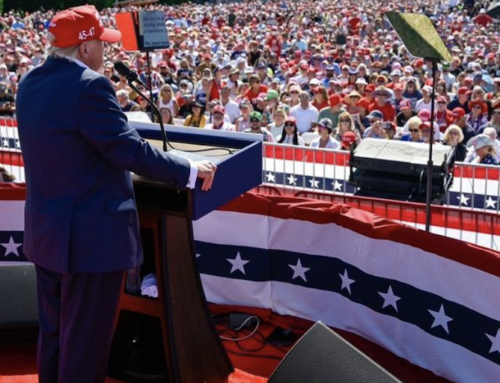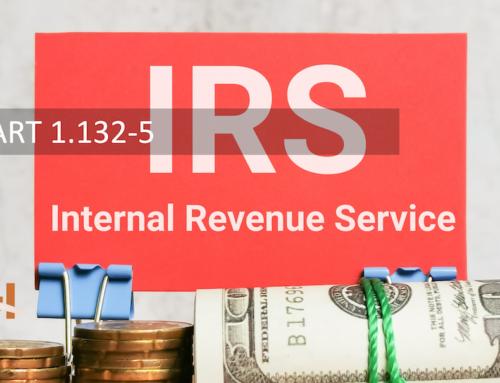I read with interest a post from Vehicle Dynamics Institute this morning where they noted a 13% increase in fatal car crashes for non-professional and professional drivers. This incline comes at a time when people were driving 20% less last year. VDI also stated, “According to this latest report, while miles driven declined an additional 2.1% in Q1 of 2021, fatal crashes increased 10.5% during that same timeframe.”
According to the CDC, Motor vehicle crashes are the 1st or 2nd leading cause of death in every major industry group. (https://www.bls.gov/iif/oshcfoi1.htm)
In 2018, 1,276 U.S. workers driving or riding in a motor vehicle on a public road died in a work-related crash (24% of all work-related deaths). (https://www.bls.gov/iif/oshwc/cfoi/cftb0323.xlsx)
Why I am Expounding on the Facts Reported
As travel for our protected principals’ increases, it is an excellent time to bring up continuing safety issues for executive protection drivers and how we may stop the trend. The top critical safety concern for me is communication while driving.
What Does Our Method of Communication Have to Do With Accidents?
According to National Highway Traffic Safety Administration (NHTSA) studies in 2015, driver error is the leading cause of car accidents in the U.S. This pattern did not change in 2020-2021, as distracted drivers are still the number one cause of motor vehicle accidents.
Top Causes of Accidents
- Distracted Driving
- Intoxicated Driving
- Speeding
- Reckless Driving
- Rain
- Running Traffic Signals
- Driving at Night
- Vehicle Defects
- Tailgating
- Wrong-Way Driving & Improper Turns


We have all witnessed the videos and photos of drivers on their daily commute applying makeup, brushing their hair, playing their favorite smartphone gaming app along with many other distractive activities behind the wheel – but what about the paid Professional Protection Driver? An EP Driver is the ultimate multitasker that is responsible for knowing multiple routes to and from several destinations in one day, along with the performance of surveillance detection, operation of the motor vehicle, and not to mention, schedule watching for the Principal along with tending to the comfort and needs of their passengers. Now add to this communication from a P.A./E.A., protective detail, manager, or the Security Operations Center – phew, that’s a lot of juggling!
Communication plays two possible roles in causing a driver to be distracted that could potentially lead to an accident, and they are:
How The Communication Takes Place – the physical activity of removing your hand from the steering wheel, the confusion caused when a call comes in and blocks out your mapping system, and the top of my list “text messaging.”
What we Communicate – is the information communicated going to cause emotional effects or undue stress that will distract the driver?
Regardless, suppose the communication to the driver causes happiness, anger, or some other emotion. In any case, it is all distracting, and as already stated – distraction is the number one cause of all accidents.
How Can We Effectively & Safely Communicate?
One of the common issues I see in protective operations is the unfamiliar person with no background as a driver implementing communication methods commonly used within their role. A SOC operator or leader in the front passenger seat or some other location that affords the freedom to use one or both hands or who may have a lesser concern for distraction can utilize text messaging, telephone, or other methods of communication.
The communication tool utilized – the type of communication tool used has a bearing on safe and efficient vehicle operations. Each device used PTT (two-way radio), smartphone messaging, GPS tracking, or smartwatch all have positive and negative attributes.
PTT Communication
I consider PTT communication tools one of the better methods to send and receive information. Properly equipped vehicles can allow the drive to receive and transmit data without removing their hands from the steering wheel.
Smartphones
Smartphones are an excellent tool for receiving critical updates for mapping or route changes, along with image sharing, so long as the driver can utilize the information without physical participation or acknowledging the receipt of the communication.
Smartwatches
Smartwatches allow the driver to follow mapping and receive short messages with less distraction or the need to remove their hands from the wheel. Standard practice is to determine preset codes to shorten text messaging and distraction.
GPS Tracking
Through GPS tracking, other operational units know where the protected Principal and vehicle are. GPS also allows for GEO Fencing letting the detail leadership and the Security Operations Center know when we complete arrival and departures. GPS also provides bread crumbs for estimating travel time. If matched with a mapping or routing system, the SOC can adjust routes for various reasons, i.e., travel delays, identified threats along the current direction, etc.
Acute Messaging: The means of communication is essential but what is as important is the length of the conversation. Information sent should be in small, easily digested packets.
Lengthier exchanges should take place before departure. Any transmission of information during travel must be necessary. While I am a proponent of plain simple language in communication vs. excessive code usage, if you use codes, the entire team should be trained in knowing and understanding the same code system used.
Here is a chart to understand time, speed, and distance. Utilizing this chart imagine what could happen the time the driver is distracted during the communication process.
- 1 mile per hour = 1.4667 feet per second
- 10 miles per hour = 14.7 feet per second
- 20 miles per hour = 29.3 feet per second
- 25 miles per hour = 36.7 feet per second
- 30 miles per hour = 44.0 feet per second
- 35 miles per hour = 51.3 feet per second
- 40 miles per hour = 58.7 feet per second
- 45 miles per hour = 66.0 feet per second
- 50 miles per hour = 73.3 feet per second
- 55 miles per hour = 80.7 feet per second
- 60 miles per hour = 88.0 feet per second
- 65 miles per hour = 95.3 feet per second
A quote from a book I recommend:
“Think of every assassination you’ve ever heard about. For most people, a few of these major ones come to mind: Caesar, Abraham Lincoln, John Kennedy, Martin Luther King, Mahatma Gandhi, Indira Gandhi, Anwar Sadat, John Lennon, Israel’s Prime Minister Rabin, Pakistan’s Benazir Bhutto. From start to finish, all of these attacks combined took place in less than one minute.” – Gavin DeBeckers’ “Just 2 Seconds”
About Bill Peeler
Bill Peeler, the driving force behind Peeler Group International, reflects on a career nearing four decades, committed to protecting individuals and institutions worldwide.
While recognized as a stalwart in security, he attributes his success to the trust and expertise bestowed upon him by countless clients. With a steadfast dedication to excellence, Bill guides the helm, championing investigative endeavors, delivering exceptional protection services, and sharing invaluable insights through training initiatives.
Preferring to lead by example, his influence extends beyond borders, fostering safety and security amidst an ever-changing landscape.






